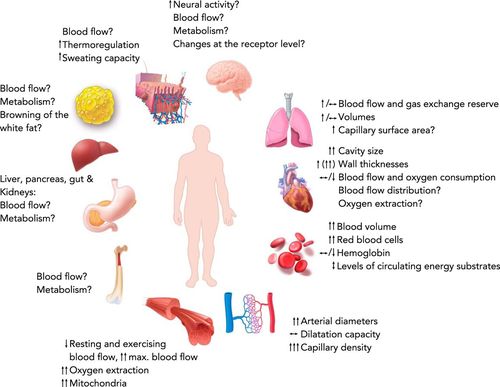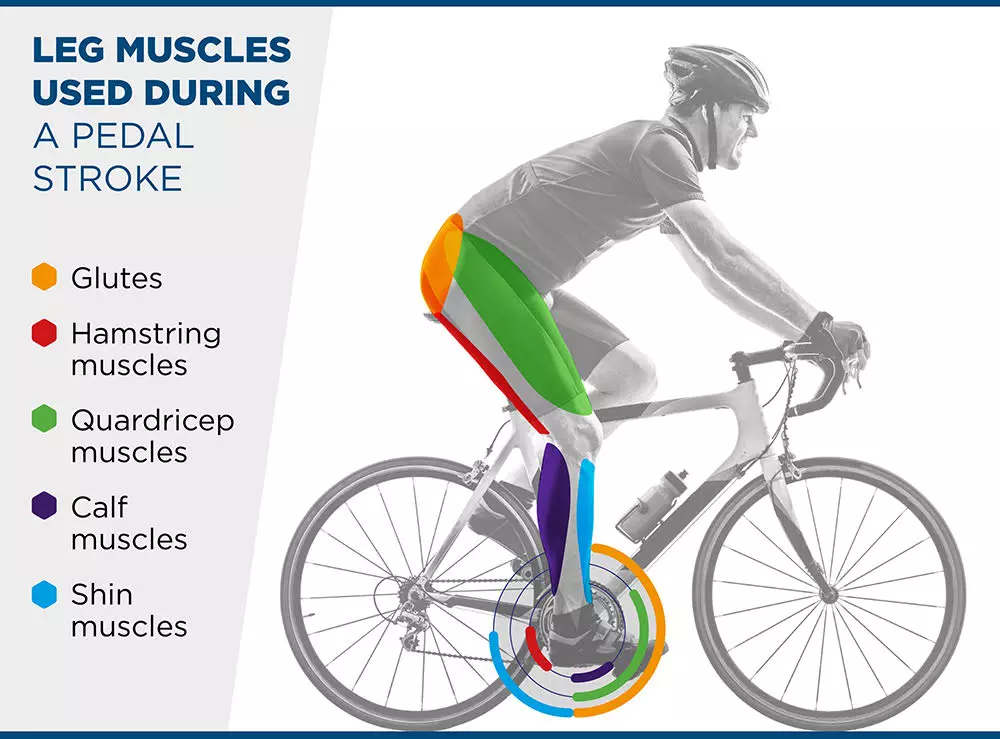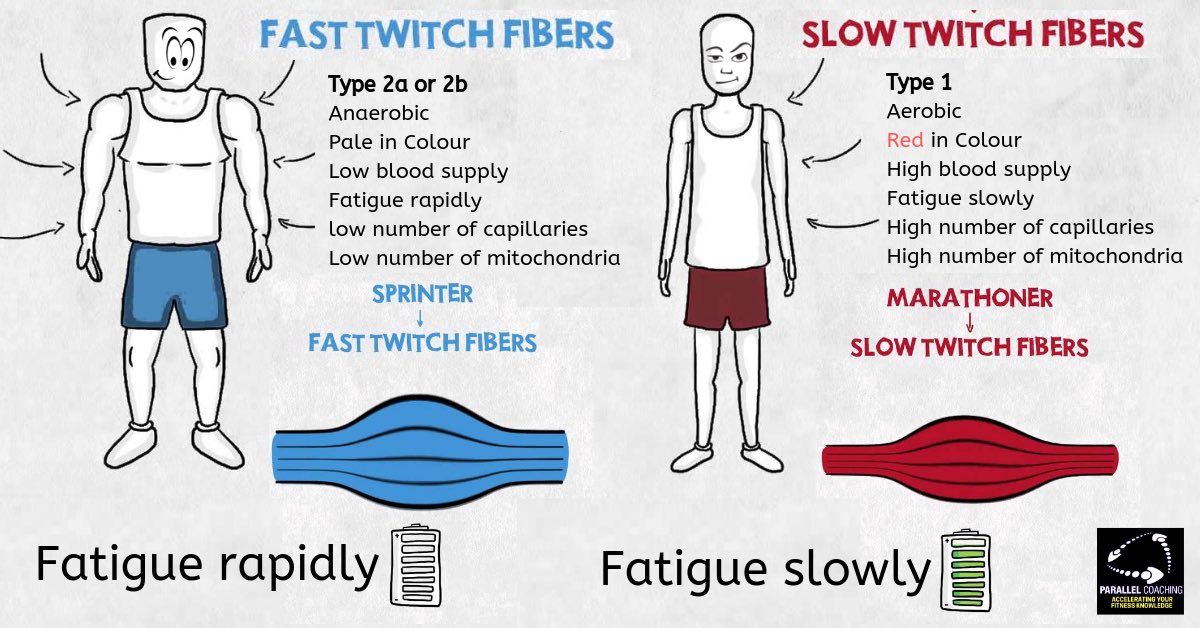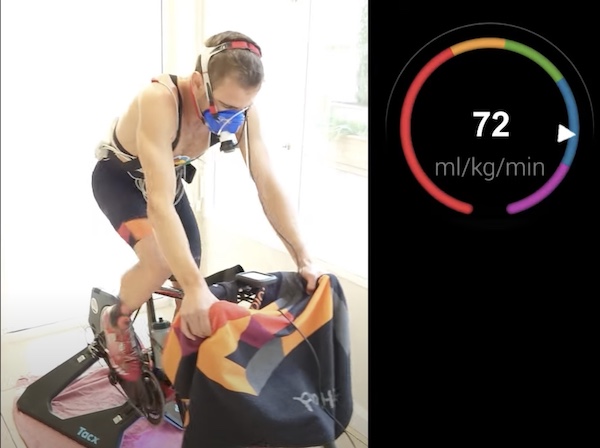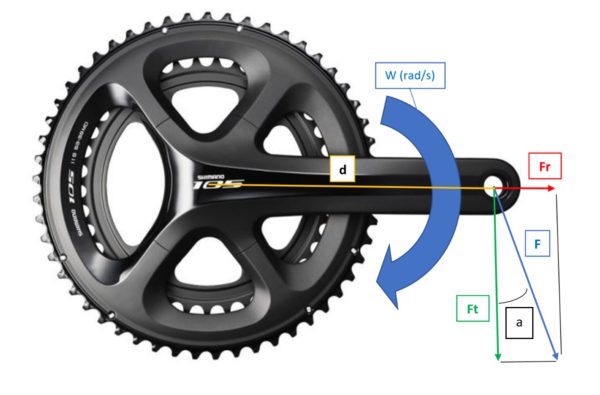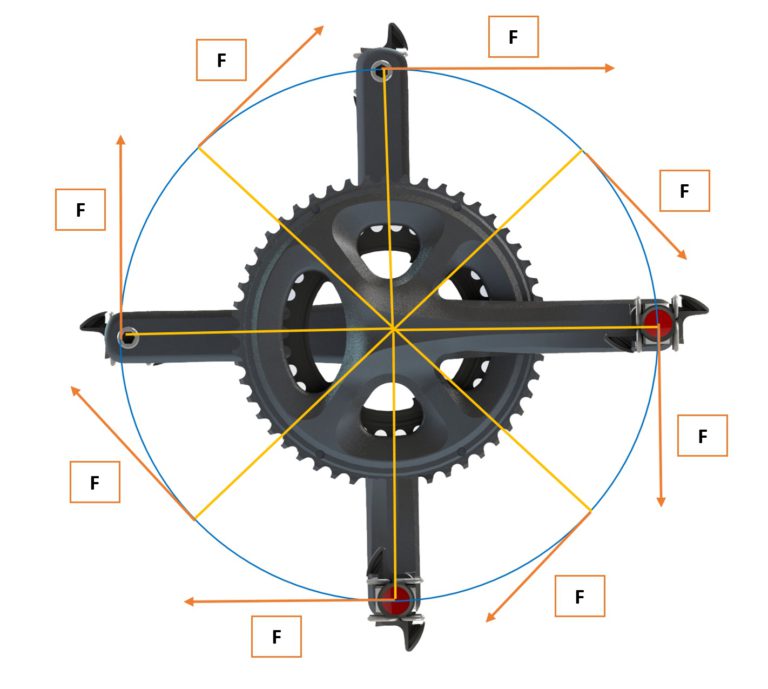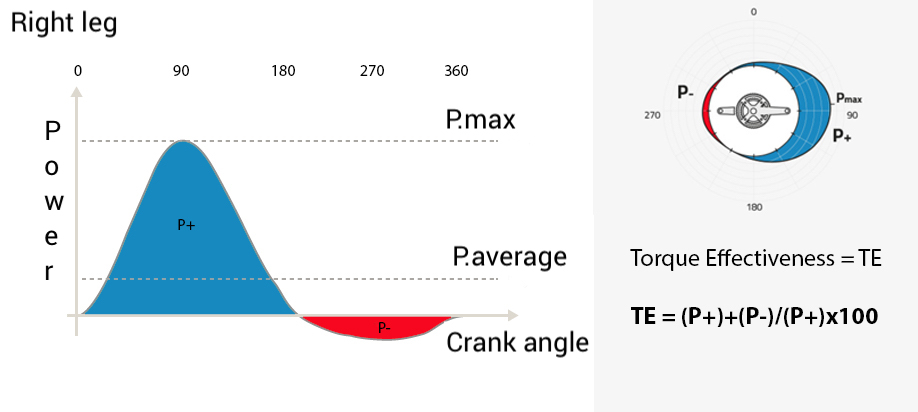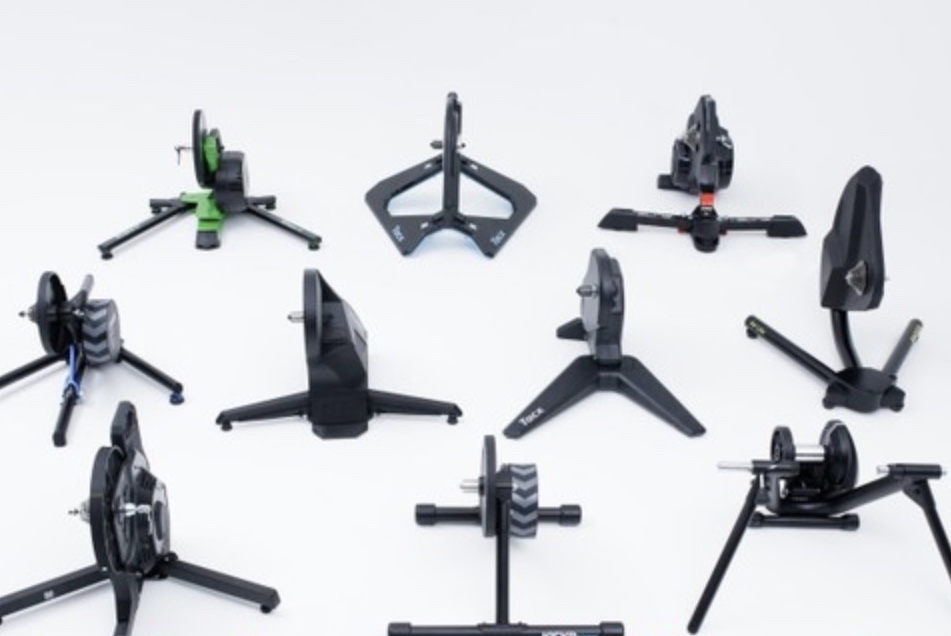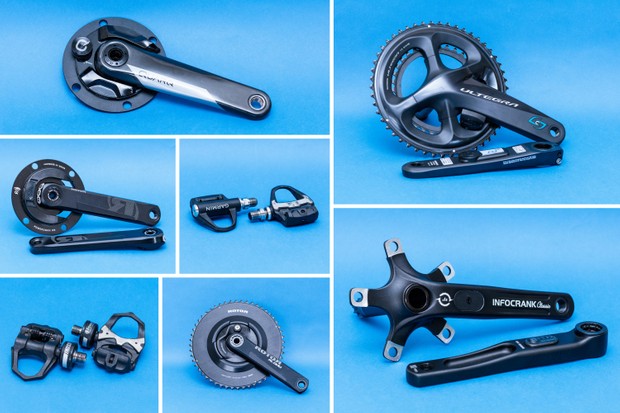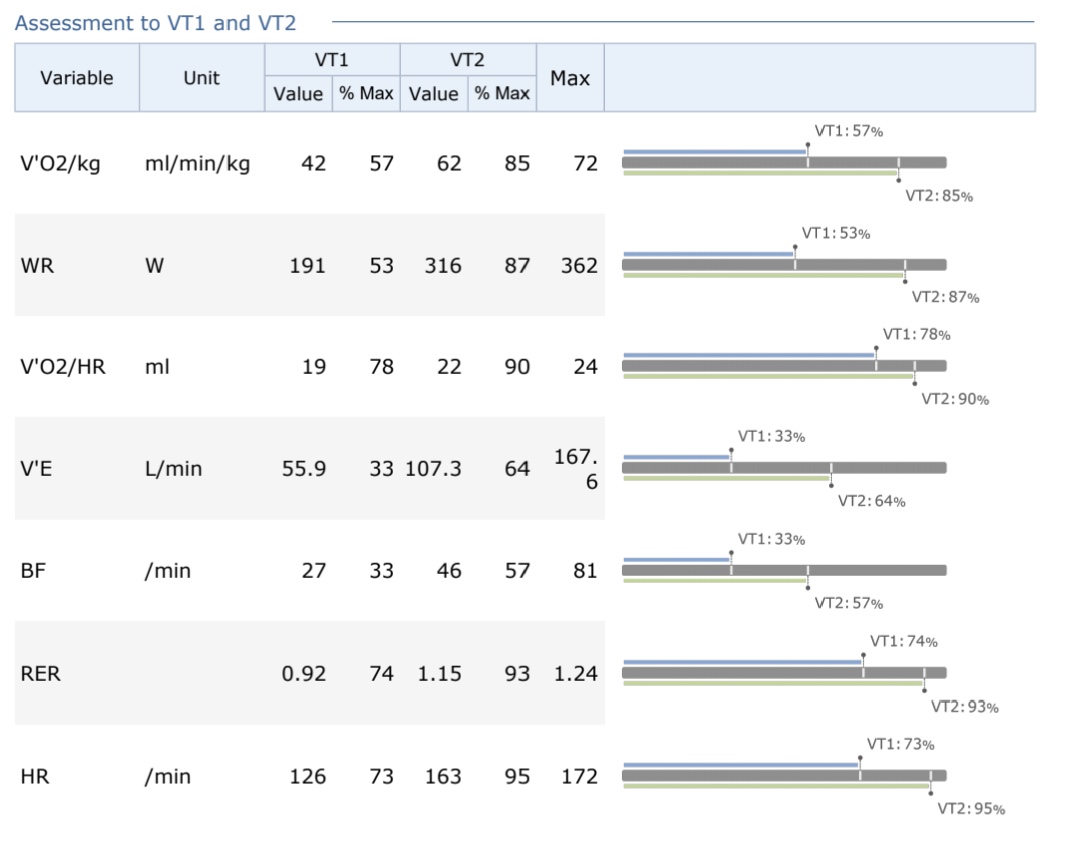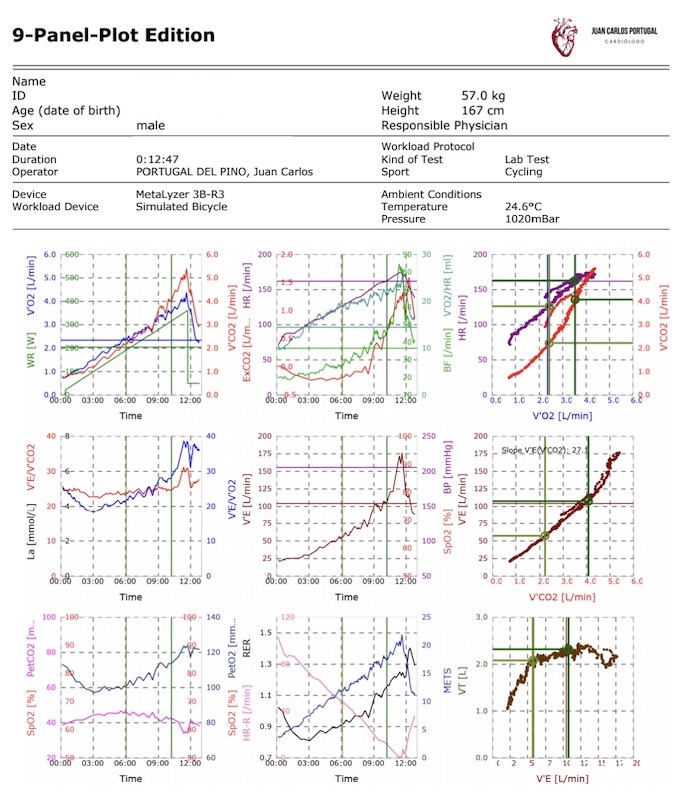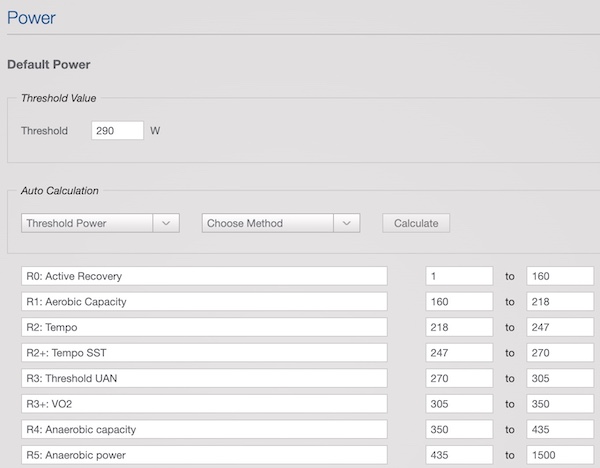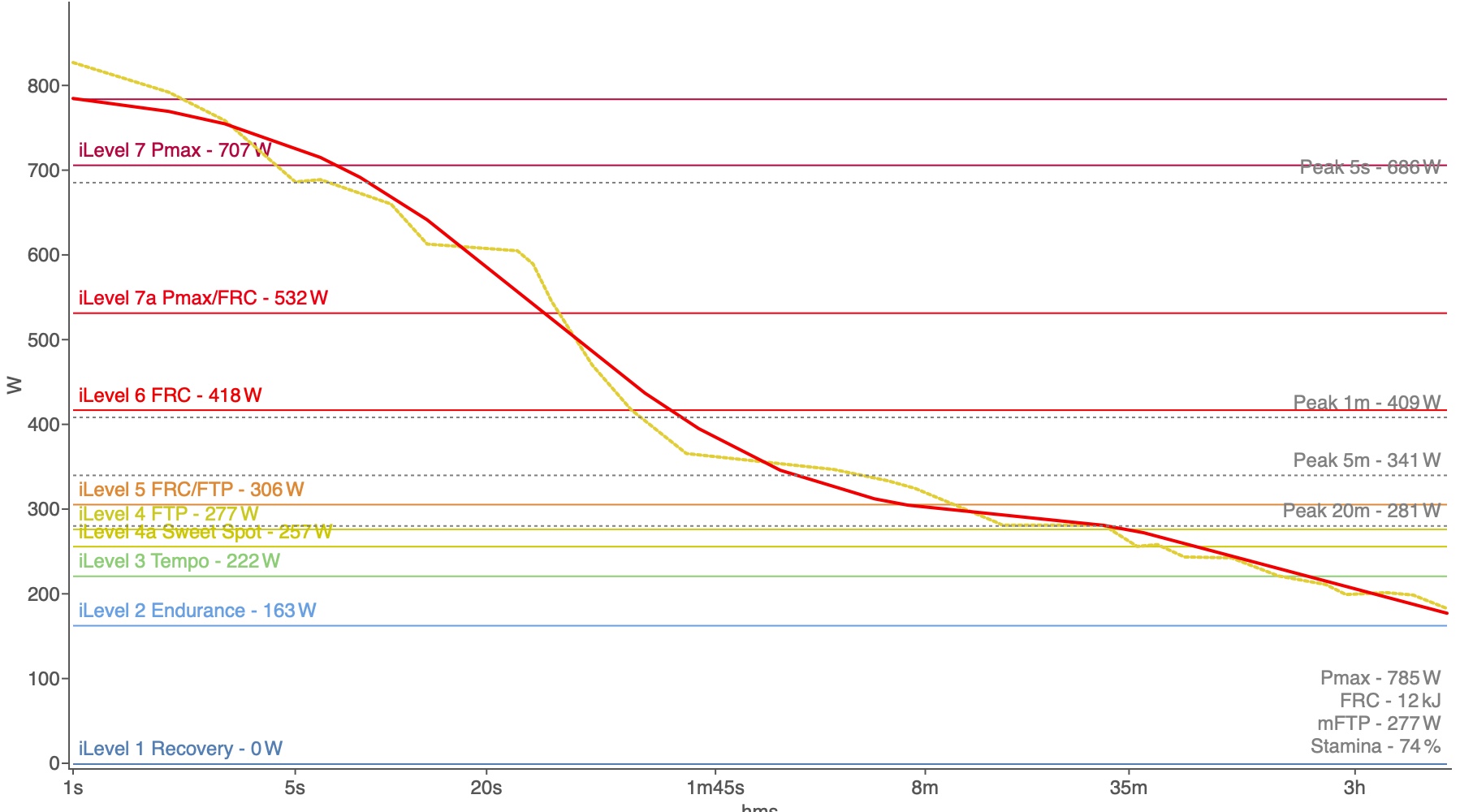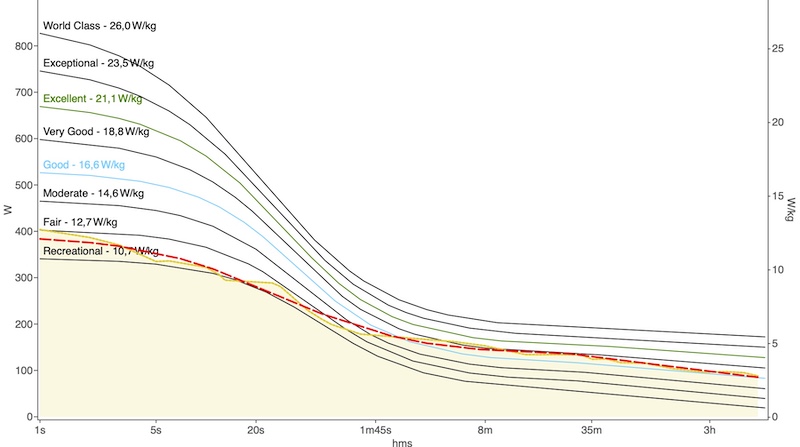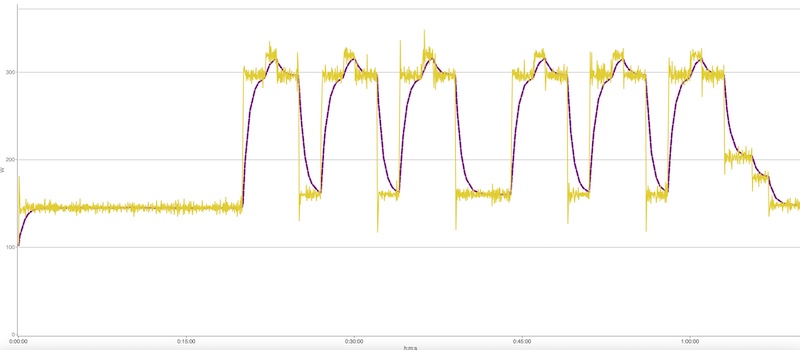We are happy with our power meter purchase! What now?
Your coach will perform some initial testing and set a power zones for the workouts. We need a reference point where we can say: "From here is harder and below that it's easier".
This reference is called FTP - Functional Threshold Power, and this point is set in the transition between our aerobic/anaerobic physiological energy system. So the only real way to know that point is through a physiological test like a gas exchange VO2 test or blood lactate samples.
The gold standard is the VO2 test, although usually it's performed in conjunction with lactate strips, so we can use that information while doing our trainings because it's more common that the athletes own a lactatate analyzer than a VO2 analyzer at home.
We can share a LAB VO2 test report from Dr. Portugal, performed to one of our cyclists. The report tells us information about the VT1 (aerobic threshold), VT2 (FTP, anaerobic threshold) and VO2max values.
With this information we know that our athlete of 57 kg can use a FTP of 316W for the next training block. The relative value is 5,54 W/kg.
It's not mandatory to perform a LAB test to train with us, although we highly recommend because has a medical check too, we can use other methods to set approximately a FTP for you.

